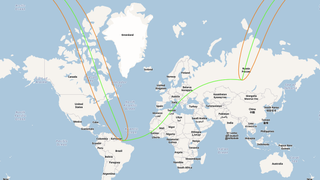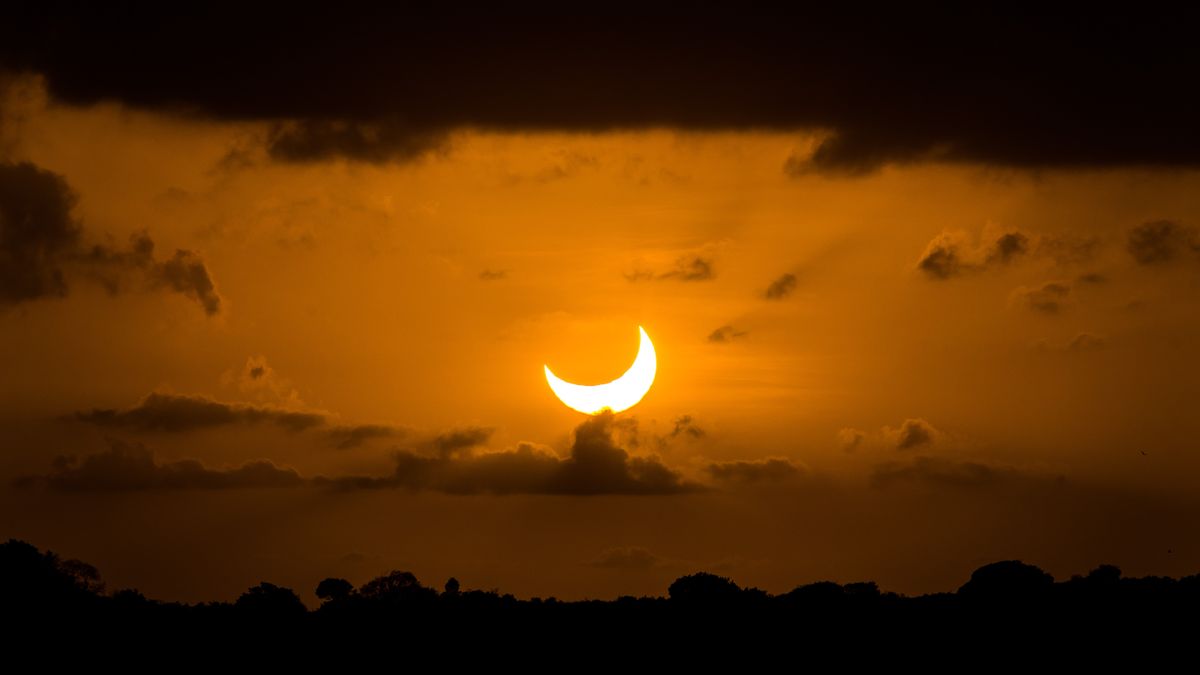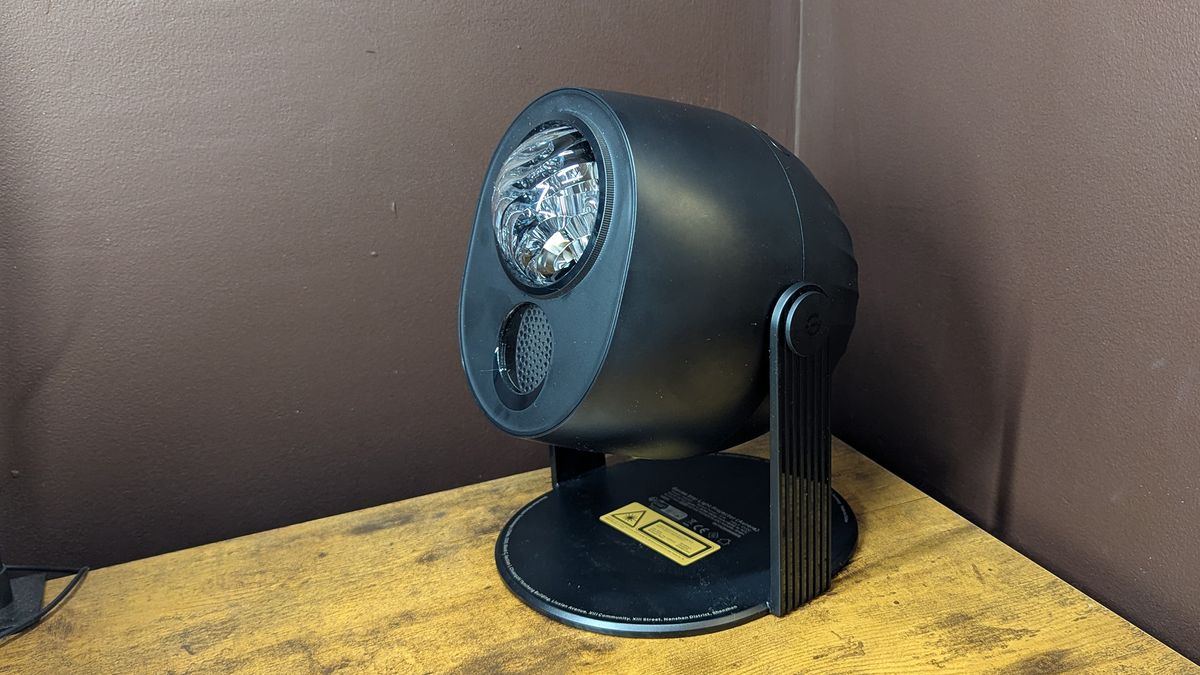On Saturday (March 29), the moon will take a big "bite" out of the sun during a partial solar eclipse visible across North America, Europe and parts of Northwest Africa.
While there will be no totality, this event will still be a spectacular sight — especially for early risers in eastern North America, where a partially eclipsed sun will emerge dramatically at sunrise.
You can learn more about the partial solar eclipse on March 29 with our partial solar eclipse guide and keep up to date with the latest solar eclipse content with our solar eclipse live blog.
What time is the partial solar eclipse?
The partial solar eclipse will begin at 0850 GMT and end at 1243 GMT (3:50 a.m. to 7:43 a.m. EST). At its peak, up to 94% of the sun will be obscured by the moon. Around 814 million people will be within the eclipse's reach, but only a lucky 44,800 people in far northern Quebec will experience more than a 90% eclipsed sun.
Where to see the partial solar eclipse

North America
For observers in eastern Canada and the U.S., the eclipse will already be underway when the sun begins to rise. The best views will be in New Brunswick, northern Quebec and Maine, where an 80% or more eclipsed sun will appear as a pair of fiery "horns" above the horizon.
Europe
Much of Europe will see a significant partial eclipse, with deeper coverage in the northwest.
West Greenland: Up to 86%
Iceland's Westfjords: 70%
British Isles: London (30%), Edinburgh (40%), Dublin (41%)
Northern Norway: 38%
Paris: 23%
Berlin: 15%
Moscow: 2%
The farther northwest you are, the more of the sun will be covered.
Northwest Africa
Parts of Morocco, Western Sahara and Algeria will see the eclipse, though it will be much smaller here. The best views will be in El Jadida, Morocco (18%), with Tangier (17%) and Marrakesh (15%) seeing slightly less.
How to watch the partial solar eclipse safely

Remember: It's never safe to look at the sun directly without proper eye protection! Always use solar eclipse glasses or a solar filter on telescopes, cameras or binoculars to avoid eye damage. Our how to view the sun safely guide is here to help you get the most out of your solar viewing experience.
.png)
 German (DE)
German (DE)  English (US)
English (US)  Spanish (ES)
Spanish (ES)  French (FR)
French (FR)  Hindi (IN)
Hindi (IN)  Italian (IT)
Italian (IT)  Russian (RU)
Russian (RU) 









Comments